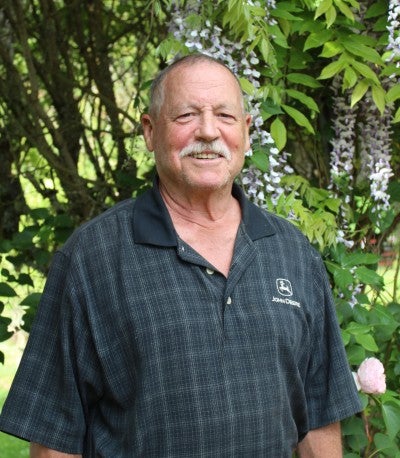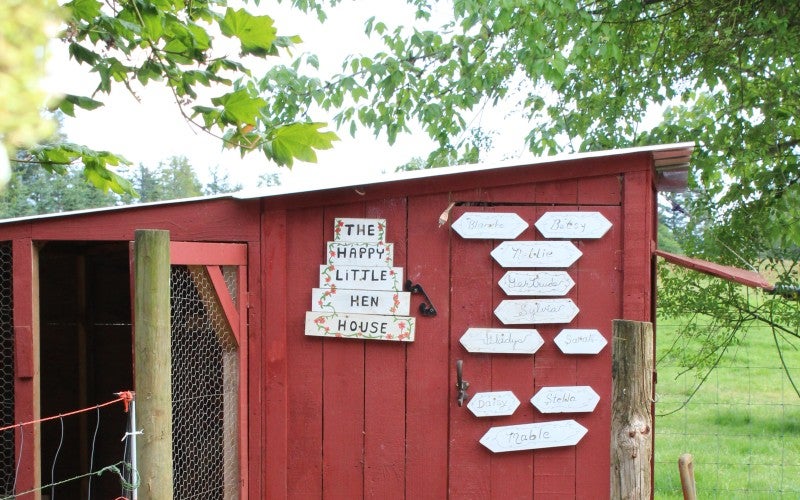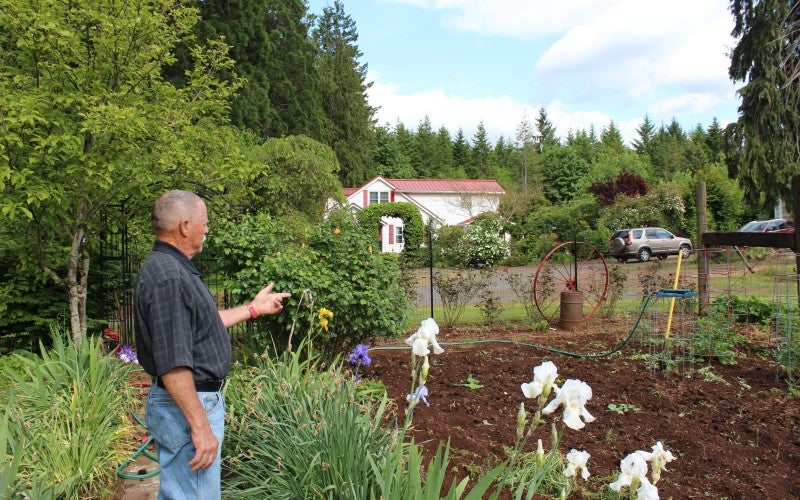Dwight Cummins (Silverton) learned how to shear a sheep from his older brothers at their childhood home in Pedee. Cummins currently shears small flocks of sheep, llamas and alpacas part-time in the Willamette Valley, and logs in his spare time as well.
Bio
Dwight Cummins learned how to shear a sheep from his older brothers, who attended the Oregon State Shearing school. Cummins was 11 years old when he first started shearing—shaving the wool from sheep quickly and carefully. This involves taking first the belly wool and then the main fleece. When he was a boy, Cummins won every sheep shearing contest he ever entered, mostly at the Oregon State Fair. Cummins grew up in Pedee, a rural town outside of Salem in Polk County, the middle region of the Willamette Valley and a major lamb and wool producing region. Cummins noted that sheep not only produce wool and meat, but they also play their part in the local economy by “eating down” the fields of grass seed growers. While working all over the Willamette Valley and coast with his brothers, Dwight Cummins was tasked with catching the sheep before shearing and bagging their wool after. He also learned from his father how to run a farm and log, both of which he did until he was a young adult. Cummins attended school, pursuing a career in agricultural banking, a successful career that spanned 34 years. Before his retirement in 2008, Cummins maintained his shearing skills as a sideline. Since then, he has worked part-time shearing only small flocks in the Willamette Valley. Since the average Oregon flock consists of only 2-5 sheep, his services truly matter since full-time shearers prefer to work larger flocks. Sheep shearing requires a firm approach, a steady hand, and the ability to work quickly to keep the animals calm. Cummins has worked with 200 to a 1,000 head of sheep at a time and can shear a sheep in under 3 minutes. As he explained, it’s difficult to shear “sheep that aren’t well taken care of or are older. Skinny sheep, you’ll catch bones and such. Some breeds have clotted wool that make them difficult to shear.” In the mid-2010’s Cummins expanded his work to include shearing alpacas and llamas, which can be tied to a post during shearing and don’t require him to bend down. Cummins has demonstrated his skills at the Oregon Ag Festival and at Washington State. He still uses his same shearing set that he’s had for over 60 years.




